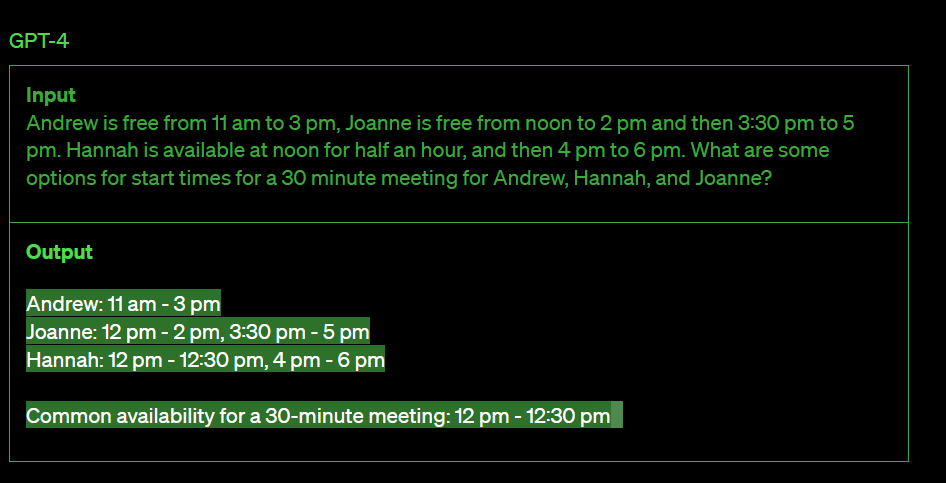GPT-4: OpenAI's Latest Language Model Takes AI to the Next Level with Visual Input Processing and Longer Context Capabilities
OpenAI has just released its latest creation: GPT-4, the most advanced language model to date. This neural network can generate text that is virtually indistinguishable from text written by a human. GPT-4 boasts a number of new features that make it even more powerful and versatile than its predecessor, GPT-3.
What is GPT-4?

GPT-4 stands for Generative Pre-trained Transformer 4. It is a deep learning model that uses artificial neural networks to write text. GPT-4 is the successor to GPT-3, trained on 175 billion parameters, making it the largest neural network to date. GPT-4 takes things even further, with a capacity to process up to 25,000 words of text and can also accept visual inputs. This means that users can interact with GPT-4 by sending it text, images, or even web pages.
GPT-4 has already been adopted by several companies, including Stripe, Duolingo, Morgan Stanley, and Khan Academy, to perform various tasks such as scanning business websites, language learning, retrieving information from company documents, and automated tutoring.
Features of GPT-4
GPT-4 has a number of new features that set it apart from its predecessor. One of the most notable is its ability to process visual inputs. This means that users can send GPT-4 an image, and it will be able to provide information or generate text based on that image. For example, if a user sends GPT-4 an image of a few baking ingredients, GPT-4 can generate recipes that can be made with those ingredients.
Another new feature of GPT-4 is its longer context processing capability. GPT-4 can now process up to 25,000 words of text, which is eight times more than GPT-3. This makes it more powerful and better suited for creating long-form content, as well as for extended conversations.
GPT-4 is also more creative than its predecessor, according to OpenAI. The company claims that it is better at creating and collaborating on creative projects, including music, screenplays, and technical writing. Additionally, GPT-4 can learn a user's writing style and tailor its output accordingly.
Uses of GPT-4
GPT-4 has a wide range of potential uses across various industries. In the field of content creation, GPT-4 could be used to generate articles, blog posts, and social media content. It could also be used for copywriting, technical writing, and even scriptwriting.
In the field of customer service, GPT-4 could be used to handle customer queries and provide customer support. It could also be used in chatbots and virtual assistants to provide more natural and human-like interactions with users.
GPT-4 could also have applications in the field of education. It could be used to create educational content and provide personalized learning experiences for students. It could also be used to generate assessment questions and provide feedback to students.
Even though GPT-4 scores 40% higher than GPT-3.5 . It has similar limitations as earlier GPT models. Most importantly, it still is not fully reliable.

GPT-4 represents a significant advancement in AI capabilities and a step forward in the industry's effort to create more sophisticated and intelligent AI models. While it may still have some limitations and areas for improvement, GPT-4's ability to understand both text and images and its steerability tooling capabilities make it a powerful tool for a variety of industries and use cases